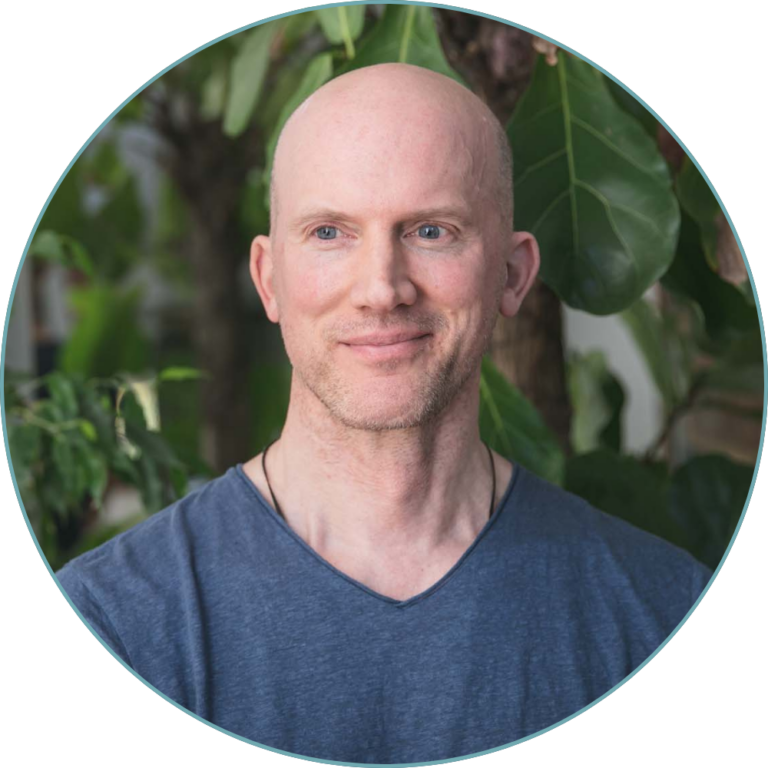Blog/Video #15
Something magical happens to our nervous sytem’s regulation when we clean up our behaviour. To see why we can look at the two poles of behavioural health, which I sometimes call boundaries and containment, but which are basically what we receive and what we send.
The principle behind each of them is related to some growing awareness of what is left unfinished in our nervous system and how that baggage gets triggered. Boundaries are an attempt to lessen the force of these triggers. Containment is an attempt to reduce how much of our reaction we spray onto other people after we have been triggered.
Between them they represent an attempt to begin to behave as if we had no baggage at all. This might sound like a repressive regime, but it certainly is not a mandate for not allowing your feelings, or even sensations. It is, however, an exhortation to try to locate these things back where they belong, which is with the unfinished business in the nervous system.
The advantage of creating this more orderly space in and around ourselves is that it is a place in which we can begin to feel ourselves more directly and even perhaps to heal. Boundaries and containment are really just the flip side of each other. And once they combine, something extra is created. Here’s why.
Being triggered looks like this, life remorselessly hitting our baggage.
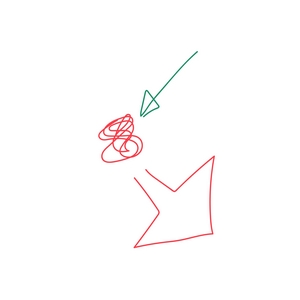
The red squiggle in the diagram represents our baggage, the green arrow is a stimulus, or trigger, and the big red arrow is our reaction, which in this diagram represents an overreaction.
Boundaries look like this, and keep the world a little bit more at bay.
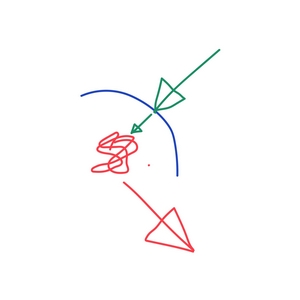
Containment looks like this, working in the opposite direction.
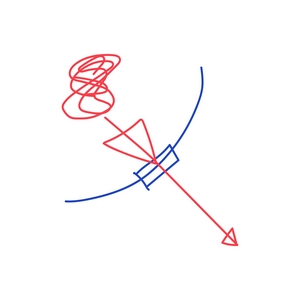
If you do both, then there is half a chance that you will be less triggered, which will lead to smaller reactions, which themselves will then be easier to contain, and that the end result will be what might look like a fairly normal reaction; not too much, not too little, but just right – the Goldilocks response. This looks like this:
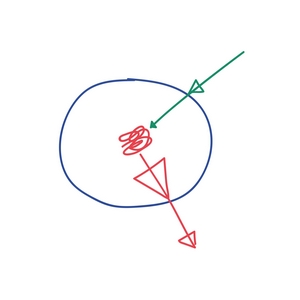
What’s interesting is that the boundaries and containers link up, creating a whole circle of space in which we start to experience ourselves differently. So not only does the world experience us differently, but we now have something new around and inside us; a new sense of space holding our baggage in a different way.
Holding is an important word. Space is an important word. Both are needed by the nervous system for healthy functioning. To see why, have a look at a healthy nervous system, which has no baggage, and how it responds to those pesky moments in life which we might otherwise experience as triggers.
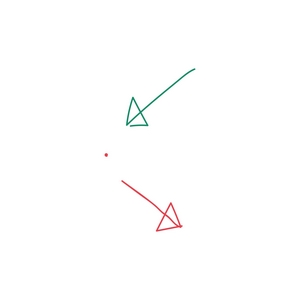
Interestingly, this is the same diagram as the one above, but with the inside part cleaned up to almost nothing. So this tells us that the difference between the behaviour of a healthy nervous system and one like ours which is full of baggage can be counteracted by creating a holding space around the baggage, allowing for us to at least simulate being healthy with our behaviour.
But it is cleverer than that. It goes both ways. So if we start to simulate healthy behaviour, it creates a holding space around the baggage in our nervous system. And that is the first step to healing it. We know this from studying babies.
Infants are not born dysregulated, but they are not yet old enough to manage their own nervous systems. So they need caregivers (mothers usually) and these adults hold the space for the babies, regulating them with their own, larger, bodies and functional nervous systems. This is sometimes called being ‘attuned’ to the babies, and is the key factor determining what becomes good enough mothering for an infant. This attunement holds space for the child, wrapping around them a place in which their nervous system is both protected (boundaries) and soothed (containment).
As adults, we get to do this for ourselves. If we didn’t internalise this when we were young, then we have to fake it until we make it. Boundaries and containment are therefore our ways of mothering ourselves now that we are all grown up. It is hard, and often painful, but it puts us back in control and gives us a clear path to finding a healthier space in which to heal the underlying drama of the unfinished business in our nervous systems.
For tips on how to practice boundaries and containment, read the 28-day recovery plan in my book The Invisible Lion or come to a workshop and we can do it together.
You can download this post in a handy 2-page PDF to print and share with friends, family, clients or colleagues. Follow this link to download now.
You can buy a copy of The Invisible Lion now on kindle or paperback from your local Amazon store. Just click here to buy now.


